Designed primarily for gravel racing, Pirelli’s Cinturato Gravel RC is intended to balance speed with puncture resistance on hard and mixed terrain.
A new addition to the Cinturato family, Pirelli had been missing a true gravel racing option in its range.
The Cinturato Gravel RC sits alongside the all-rounder Cinturato Gravel M, the hardpack-optimised Gravel H and the mud-oriented Cinturato Gravel S.
In testing, the Pirelli Cinturato Gravel RC proved masterful in almost all conditions when ridden hard, and has cemented itself as one of the best gravel bike tyres.
Pirelli Cinturato Gravel RC tyre details and specifications
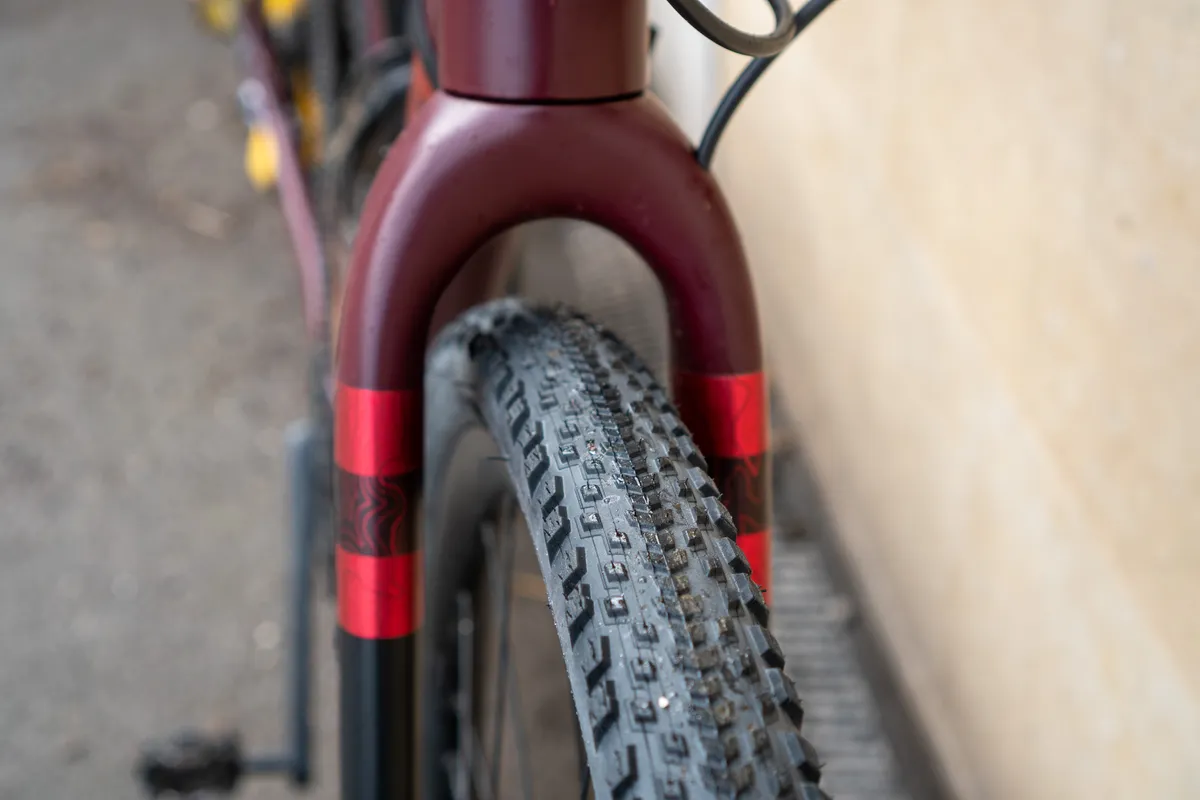
In keeping with the rest of the Cinturato range, the Gravel RC is constructed from Pirelli’s proprietary SpeedGRIP compound.
The compound is claimed to offer a balance of speed and grip, both on and off the road, while sporting comparable durability to the SmartGRIP compound Pirelli uses on its mountain bike tyres.
The Gravel RC’s tread pattern alternates between two short arrow-shaped knobs at its centre, one larger than the other.
Two sets of parallelogram knobs run along either side for cornering grip, with larger and taller knobs at the tyre’s shoulder. Pirelli says the design originates from its Scorpion XC RC cross-country mountain bike tyre.
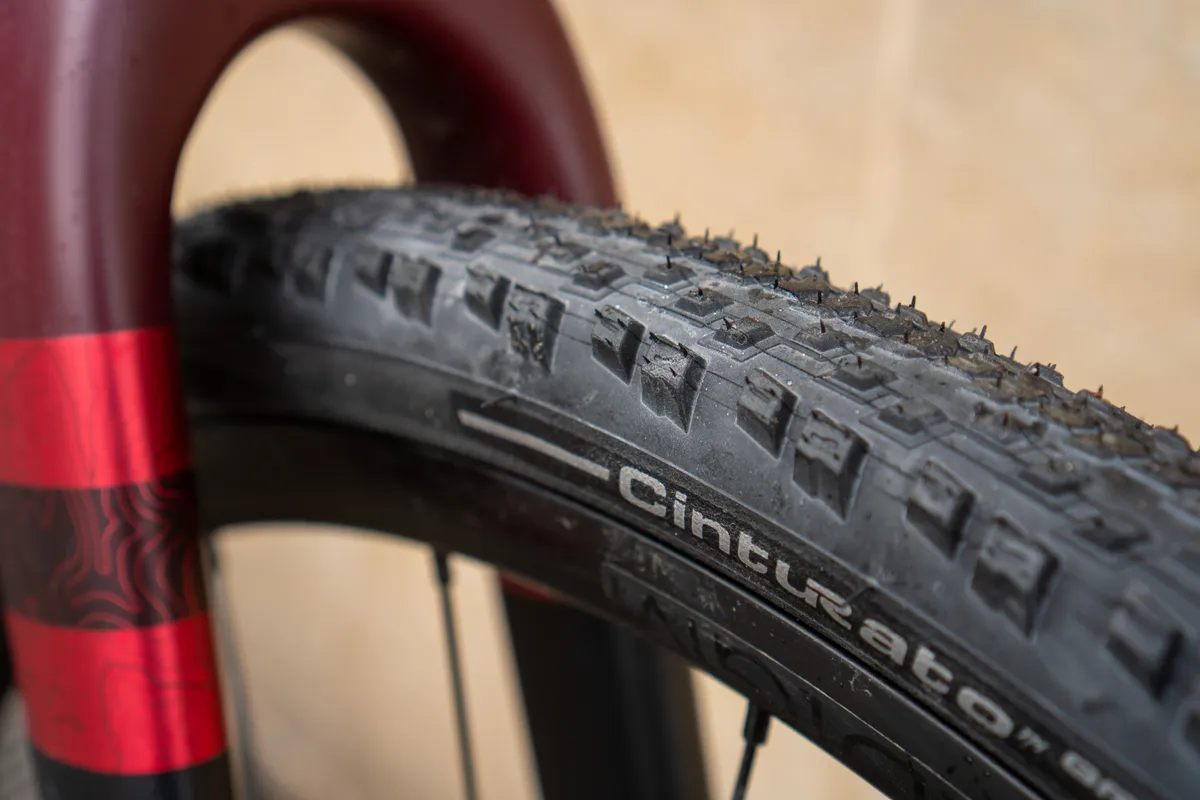
The brand says the tread pattern allows for a higher average speed on straight lines and improved lateral grip when cornering.
The Cinturato Gravel RC uses a 60 TPI nylon casing. The brand told BikeRadar it intentionally used this slightly heavier, yet stronger, casing over a 120 TPI equivalent “to get you to the finish line in one piece with no issues”.
Like its other tyres, the Cinturato Gravel RC also features a TechWALL Gravel protective belt. This is claimed to run from bead and to bead and protect the tyre against cuts without adding excessive rolling resistance.
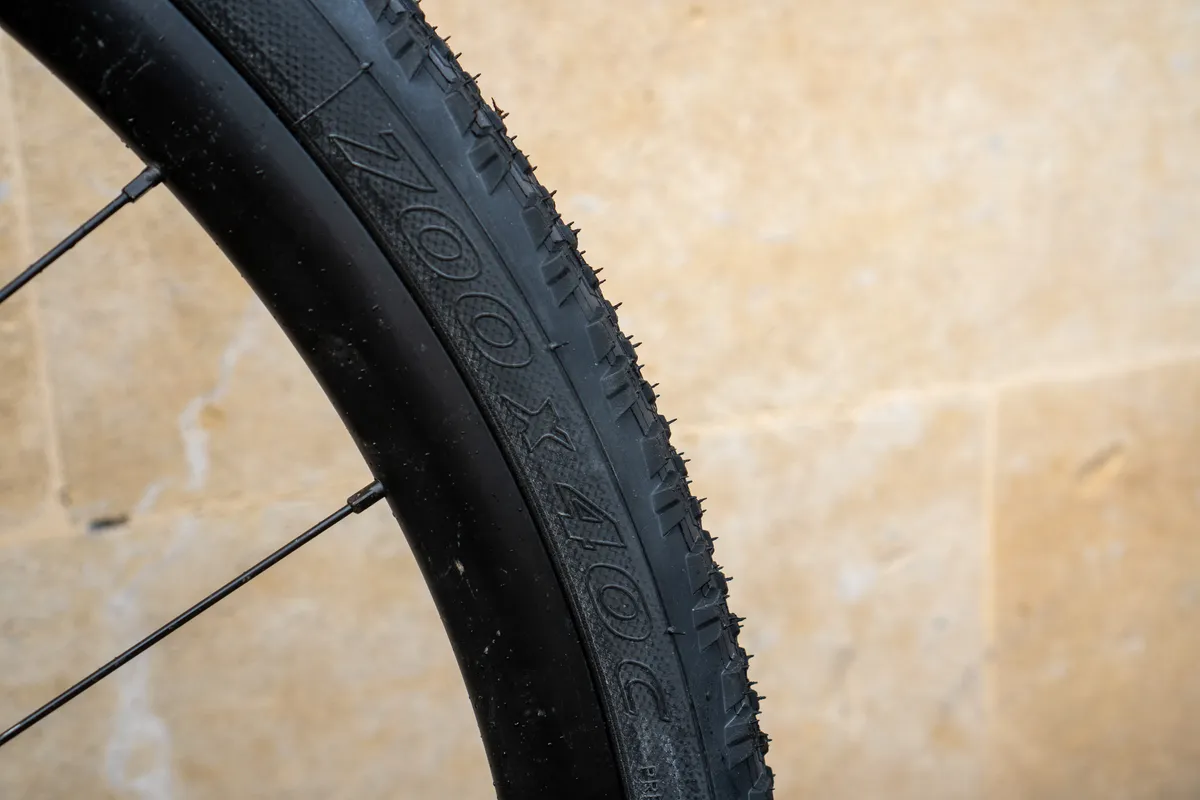
As you’d expect, the Cinturato Gravel RC is a tubeless tyre and can be installed on both hooked and hookless rims, although you shouldn’t exceed 73psi if fitting on the latter.
The Gravel RC is only available for 700c wheels and in ‘Black’ or ‘Classic’ sidewalls.
There are three tyre-width options to choose between – 35, 40 and 45mm.
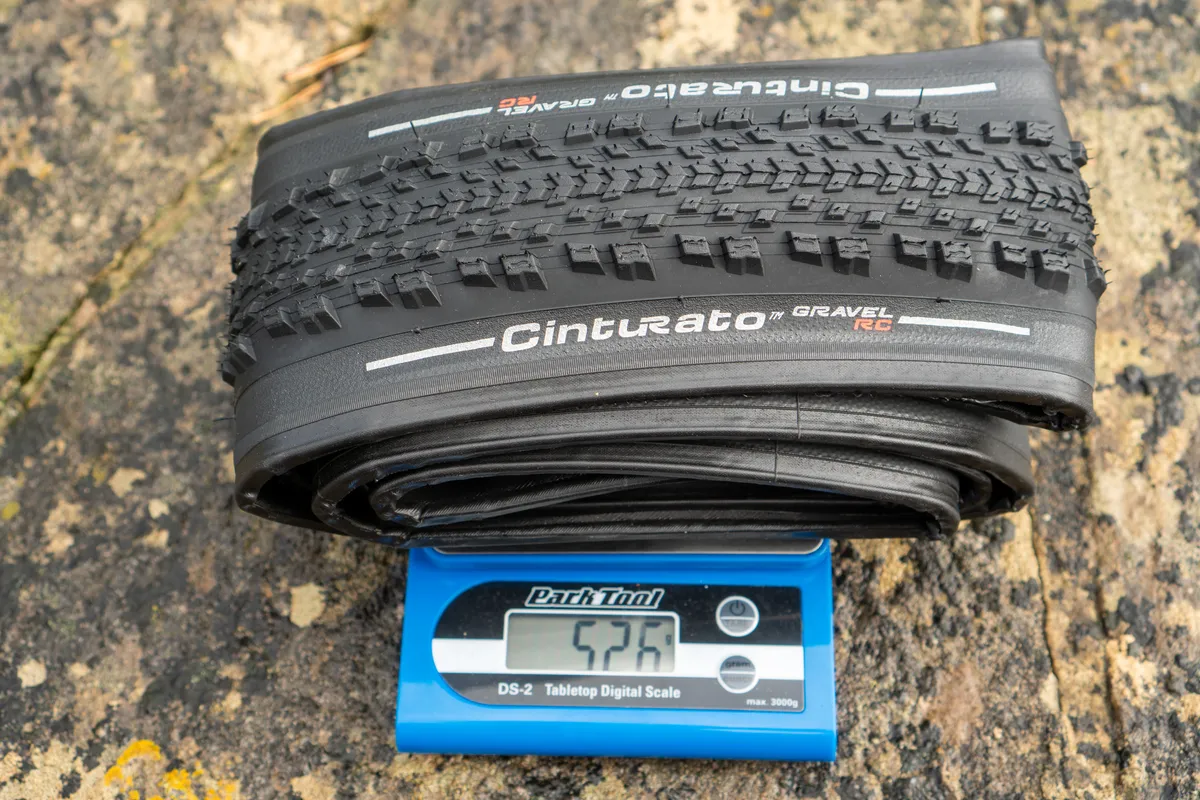
The black 40mm-wide tyre on test weighs 526g, 14g less than the claimed weight.
That’s relatively competitive, although there are lighter gravel race tyres.
Vittoria’s Terreno Dry undercuts the Gravel RC with a claimed weight of 450g in a narrower 38mm width, as does the WTB Byway SG2 at 463g.
However, the Gravel RC’s weight is in keeping with one of my personal all-rounder favourites, the Schwalbe G-One Overland, at 526g for the equivalent 40mm width.
Pirelli Cinturato Gravel RC tyre installation
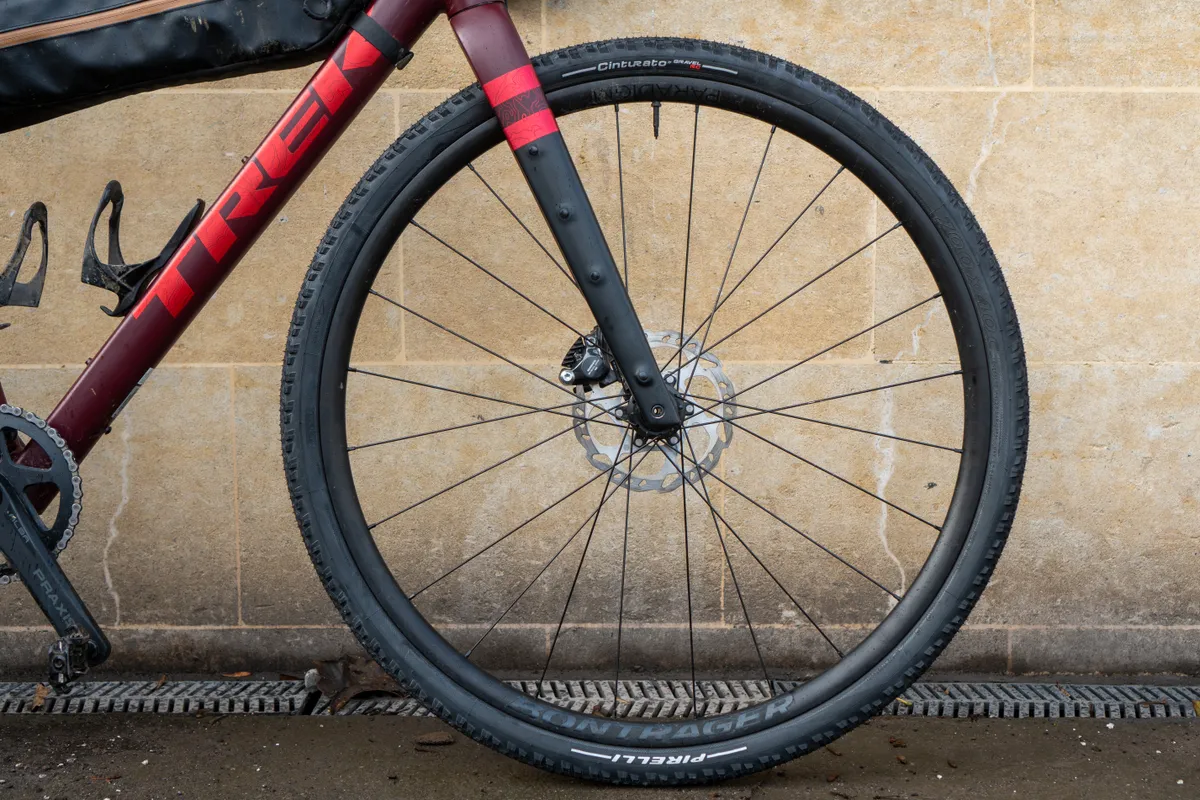
I installed the tyres and set them up tubeless on a Marin rim on a Marin Headlands gravel bike with Muc-Off tyre sealant.
This proved straightforward, requiring one tyre lever to prise the final section of the tyre onto the aluminium rim.
I couldn’t get the tyre to seat using a track pump, but once I used a tubeless pump, it seated perfectly on the first attempt. There were no wobbles or misalignment in the bead.
The tyre measured 40.98mm at 33psi on the hooked Marin rims, which sport a 21mm internal rim width.
The tyres proved easier to install on a set of Bontrager Paradigm SL wheels, where I was able to seat them with a track pump. The Paradigm SLs also sport a 21mm internal rim width and the tyre measured 39.94mm.
Pirelli Cinturato Gravel RC performance
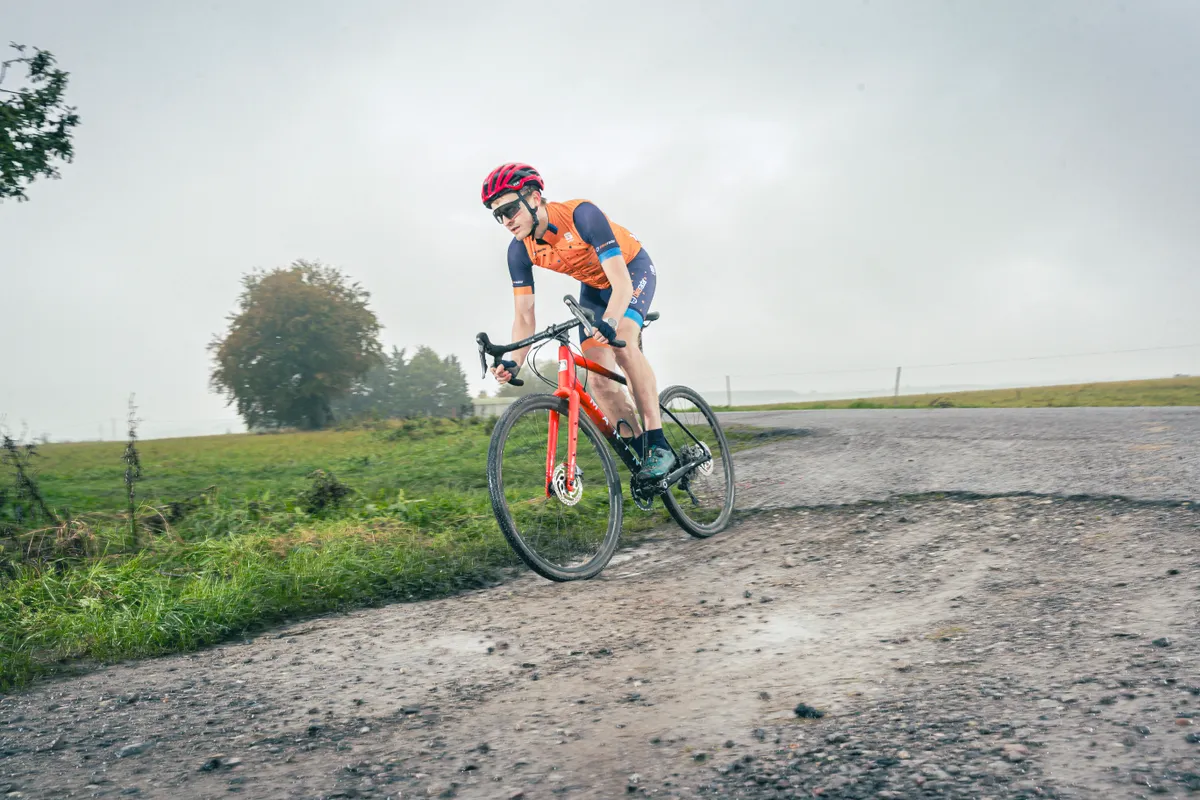
My testing took place through a mix of dry and wet summer conditions on trails around Bristol and the Chilterns, as well as into the autumn.
The tyres were also well and truly thrown into the deep end on The Pictish Trail, a 750km off-road bikepacking trip from Dunnet Head (the most northerly point of the UK) to Edinburgh.
From experience of riding the Pirelli Cinturato Gravel S tyres, I decided to run a slightly lower tyre pressure than I would typically, settling on 33psi for my 73kg weight to try to find a balance between grip and suppleness.
I increased the pressure to 35psi on my bikepacking trip, to account for the heavier load.
The tyres dispatch all surfaces with ease, with only the thickest of mud overwhelming them – but it’s important to note that’s not what they’re designed for.
Grip is otherwise excellent, with no noticeable skittishness. The tyre happily overcomes most trail obstacles, such as roots or loose debris.

This was particularly impressive on sections of The Flow Country and the Cairngorms on The Pictish Trail, which were littered with sharp stones ready to pierce rubber.
The tyres even performed adeptly on wet sand on the Kansas-like gravel tracks in the Flow Country.
The tread pattern is a winning design – the tyres shed dirt easily and debris doesn’t accumulate between the knobs.

Although it’s not classed as a mud tyre, I found the Gravel RC became overwhelmed less easily than the Vittoria Terreno Dry.
Despite the slightly heavier weight, the tyres find an admirable sweetspot between suppleness and grip.
Of course, they could be even more supple with a higher TPI casing, but that would be at the risk of puncture protection – not something you want to worry about on the race course.
The Gravel RC also performs well on the road and grips on corners assuredly. I’ve used the tyres on some road-based commutes and they’re not overly sluggish, nor do they squirm on corners.

There is a short-lived but steep, windy descent on my commuting route and I could lean confidently into the corner without any worrying squirming.
The Gravel RCs aren’t the fastest-feeling, though – you don’t get that sheer excitement of a rowdily rapid gravel tyre, such as the Continental Terra Speed, but it's a price I and many others will be willing to pay for the dependability in a diverse range of conditions.
I haven’t experienced any punctures during the test period, despite some testing surfaces on my bikepacking trip and the autumnal slop.
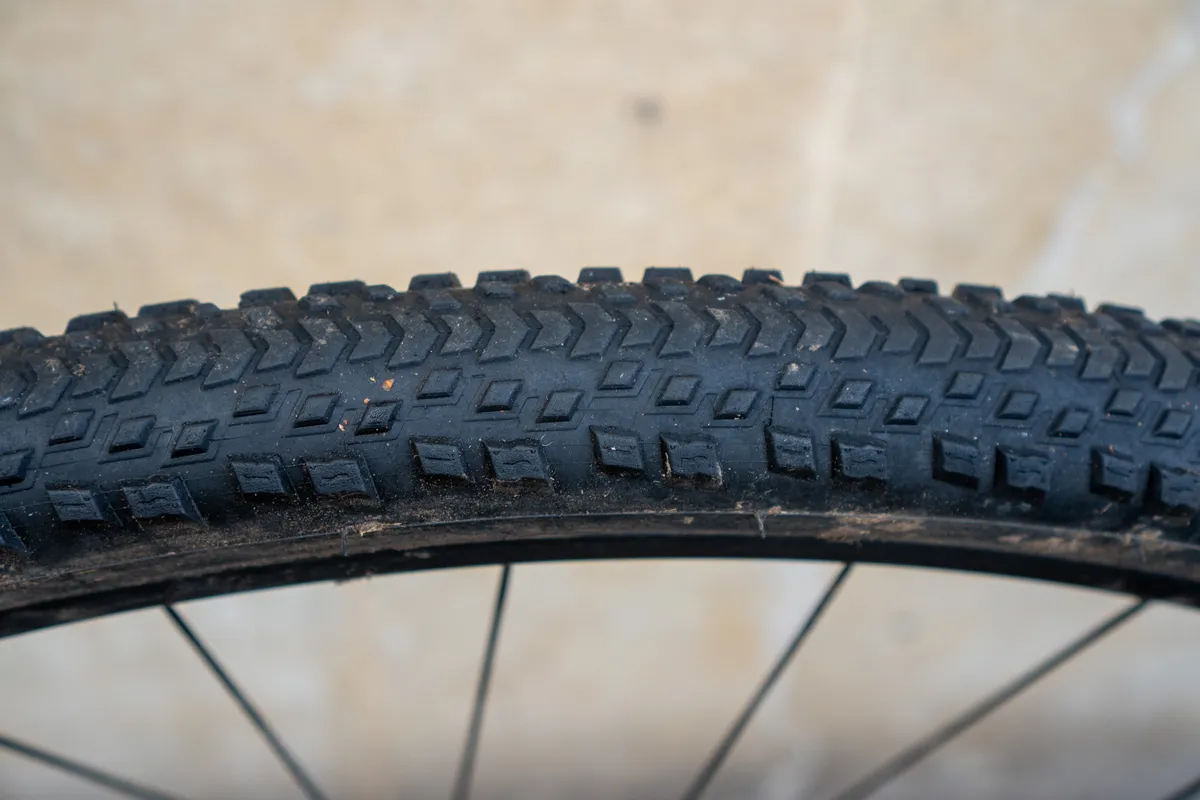
After 1,400km, the tyre is devoid of any cuts and the front’s tread looks immaculate. There is some wear to the rear though, with a noticeable loss of tread height, but it still has plenty of life left.
In any case, it’s normal for the rear to wear faster than the front.
Removing the tyres from the rims to check for any sealed punctures on the inside proved impressive – I couldn’t detect any rips or cuts whatsoever and the insides of both tyres' tread and sidewalls were immaculate.
As a result of these checks, I’d say the Gravel RC has comparable, if not better, wear life than other race-oriented tyres and the puncture protection is first-class.
Although not cheap at £60.99 / €69.90 / $84.90 / AU$120.90 a tyre, the Gravel RC is priced in line with its rivals. The Schwalbe G-One Overland is a little dearer at £65 / $88 / €65 and the WTB Byway is more affordable at £55 / $77 / €60 / AU$90.
The aforementioned Vittoria Terreno Dry is cheaper still at £45 / $60 / €51 / AU$72, but doesn’t excel in as wide a range of conditions as the Gravel RC.
Pirelli Cinturato Gravel RC bottom line
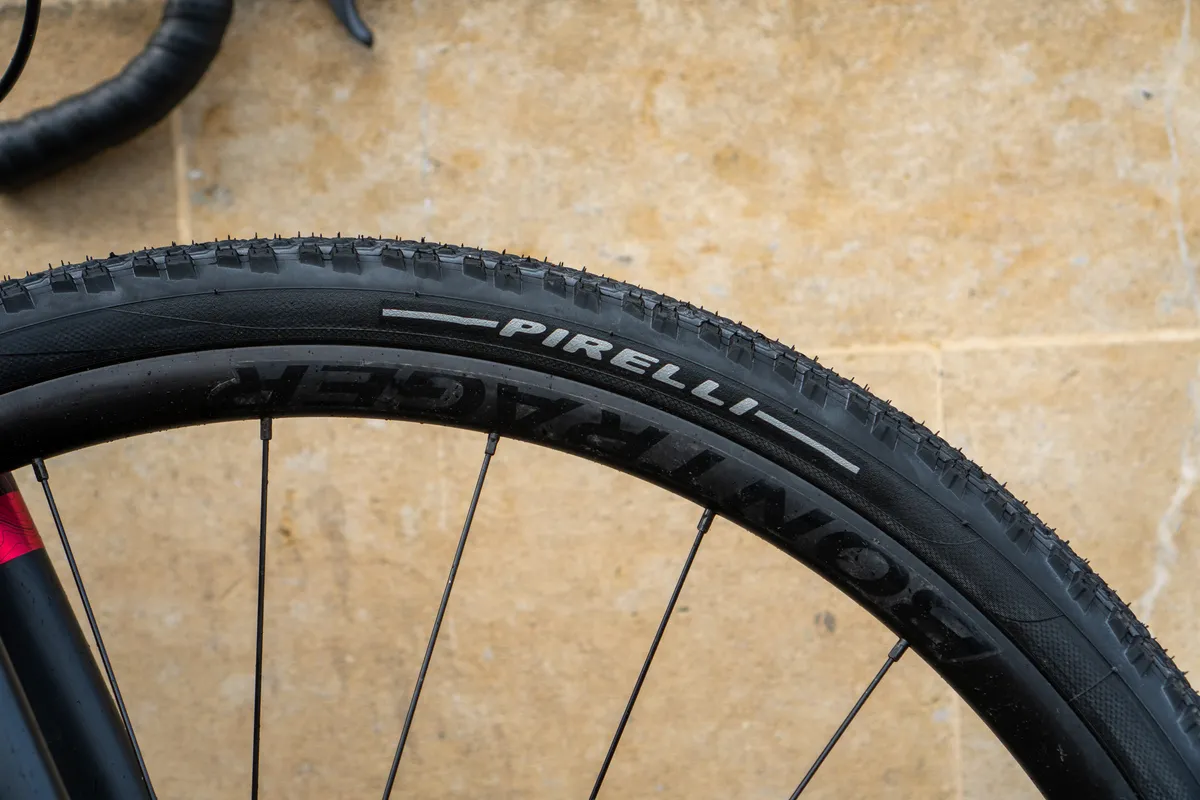
Pirelli’s Cinturato Gravel RC tyre impresses with its balance of speed, grip and suppleness.
It’s also proven particularly durable over the test period, a bonus for race-oriented rubber.
While perhaps not as light or fast-feeling as the very raciest tyres, this has become my new gravel bike tyre of choice to use in spring, summer and autumn. Of course, I’d recommend opting for a winter-specific tyre to get you through the muddier, colder months..
Product
| Brand | Pirelli |
| Price | A$120.90, €69.90, £60.99, $84.90 |
| br_whatWeTested | Pirelli Cinturato Gravel RC, 700c x 40mm |
| Weight | 529g |
Features
| TPI | 60 |
| Bead | TechWALL Gravel |
| Puncture protection | TechWALL Gravel |
| Features | SpeedGrip Compound |
| Tyre sizes | 700c x 35, 40 and 45mm |
